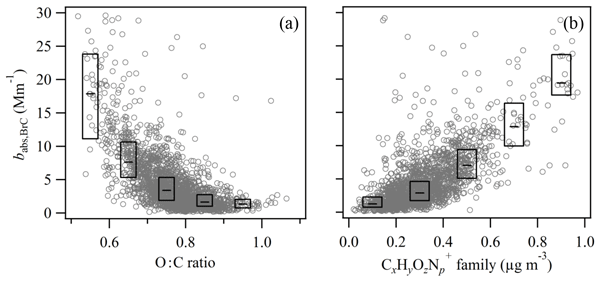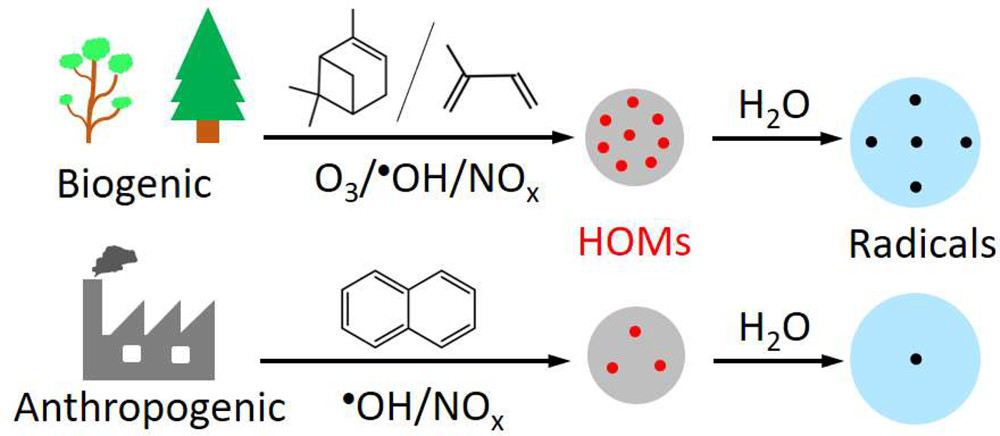We hear a lot about particulate matter these days, mostly in the context of air pollution in inner cities. But what about particulate matter in the Amazon rainforest? Well, the short answer is that particulate matter is present in the air above the Amazon, too. And although its concentrations are lower than those in large cities, urbanization and deforestation fires have a significant impact. To find out what that impact exactly is, was the aim of a new study by Suzane de Sá and co-authors.
They analyzed the concentration, composition and properties of particulate matter in the central Amazon. As part of the GoAmazon campaign, they collected data during the dry season, when burning events are most frequent. Their primary study site was downwind of Manaus, but they used the ATTO site with its relatively clean air upwind of Manaus for comparison. To have this comparison is important to identify the effects of urban pollution and forest burning on the natural background. The mean concentration of particulate matter found at the study site was ca. 12 µg/m3 in the small PM1 fraction (particles smaller than 1µm in diameter). For comparison, average values in European cities are in the range of 15 to 20 µg/m3. But in areas with severe air pollution, those values can skyrocket and reach over 100 µg/m3.
In the Amazon, particles from biomass burning and urban pollution account for ca. 30 % of all particulate matter, while the rest comes from biogenic sources. The team also found a much higher overall concentration of particulate matter during the dry season. This is in part because of the increase in particles from anthropogenic sources. But the amount of particles from biogenic sources also increases during that time. But even though the anthropogenic fraction of particulate matter is relatively low, they absorb much more light than biogenic particles do. This, in short, makes the air warmer. Biogenic particles reflect more light, counteracting the greenhouse effect to some degree.
The paper was recently published in Atmospheric Chemistry and Physics and is available Open Access: 10.5194/acp-19-7973-2019
Similar articles
More soot particles enter the central Amazon rainforest from brush fires in Africa than from regional fires at certain times.
In a new study, Dr. Haijie Tong and co-authors studied a subset of PM2.5, the so-called highly oxygenated molecules (HOMs) and its relationship with radical yield and aerosol oxidative potential. They analyzed fine particulate matter in the air in multiple locations. This including the highly polluted megacity Bejing and in the pristine rainforest at ATTO. They wanted to get insights into the chemical characteristic and evolutions of these HOM particles. In particular, they wanted to find out more about the potential of HOMs to form free radicals. These are highly reactive species with unpaired electrons.
Wu et al. collected and analyzed aerosols in two locations: the city of Manaus, a large urban area in Brazil, and the ATTO site in the heart of the forest. The aerosol compositions varied largly. At ATTO most aerosols were emitted by the forest itself, while in Manaus, anthropogenic aerosols were very common. The results were published in ACP.





